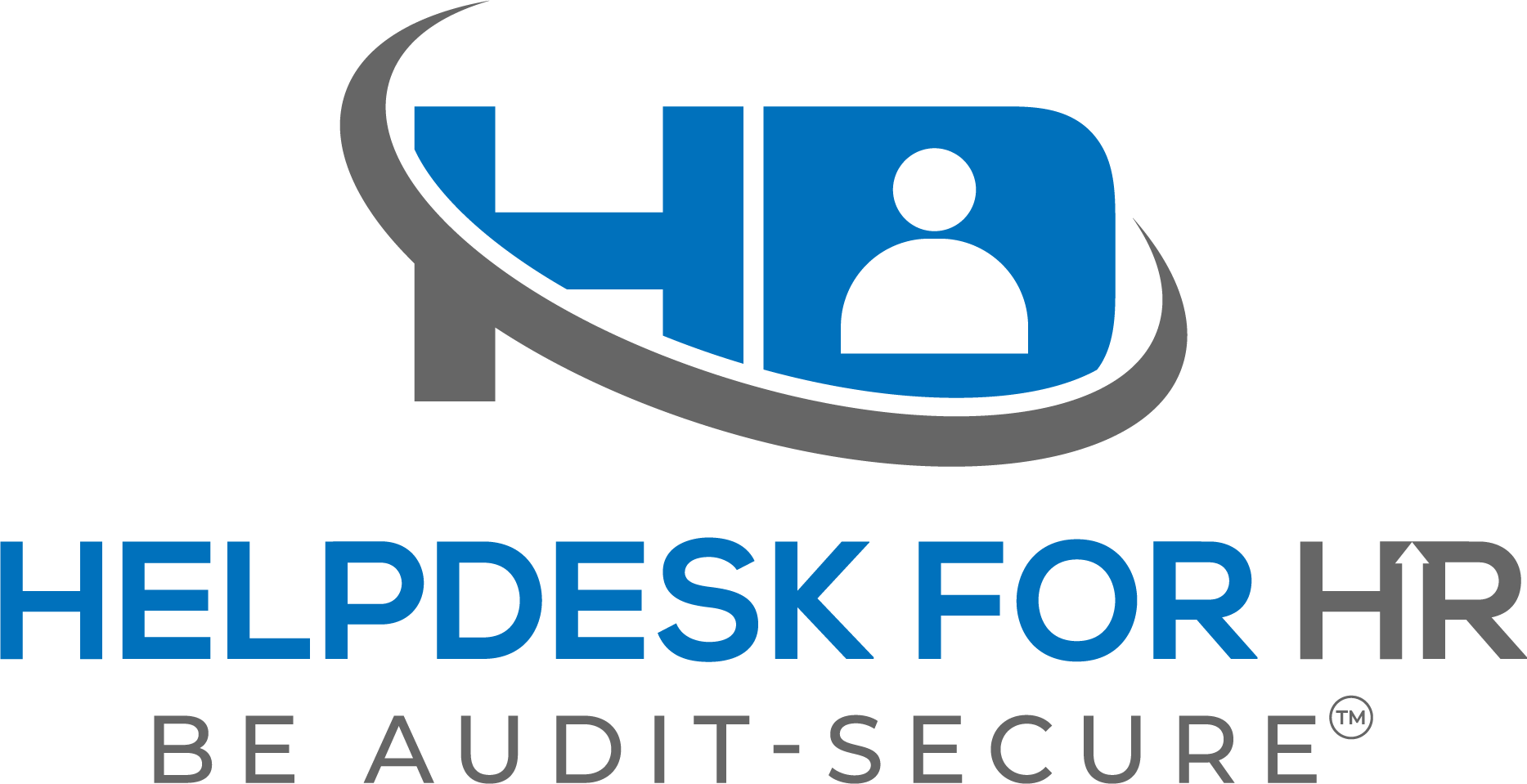
On Feb. 9, 2023, the U.S. Department of Labor (“DOL”) Wage and Hour Division (the agency tasked with administration and enforcement of the Family and Medical Leave Act (“FMLA”)), issued a Field Assistance Bulletin advising on specific applications of the Fair Labor Standards Act (“FLSA”) and FMLA for teleworking employees. The new guidance interprets the requirements of the FMLA and how they interact with other federal labor and employment laws with a primary focus on their relation to telework. In summary, the field assistance bulletin confirms that FLSA and FMLA requirements apply whether employees work at a remote location or a designated work site.
The FLSA and Compensable Time for Teleworkers
As a bit of background, the FLSA requires covered employers to pay non-exempt employees for all hours worked, including work performed at home or any other location away from the employer’s premises. Regarding breaks taken during the workday, the FLSA explains that short breaks of 20 minutes or less are generally considered compensable hours worked. For teleworkers, regardless of whether the employee is teleworking at home (or otherwise away from the office) or working at an employer’s facility, an employer must treat an employee’s short breaks to use the restroom or grab a cup of coffee will as compensable time. In contrast, “bona fide” breaks (including lunch breaks) lasting 30 minutes or more and any other break lasting more than 20 minutes where the employee is (i) using the time for their purposes and (ii) wholly relieved from work are not compensable time.
The employer must count time as compensable if the employer knows or has reason to believe the employee is performing work through “reasonable diligence.” The DOL suggests that employers may exercise reasonable diligence by establishing a process for an employee to report uncompensated work time without preventing an employee’s accurate reporting. For example, reasonable processes include software on employees’ computers that may track emails, keyboard and mouse strokes, browser traffic, and workplace collaboration tools like Slack or Microsoft Teams.
Telework and the FMLA
Employees who telework are eligible for FMLA leave on the same basis as employees who report to their employer’s worksite. The DOL clarified this in the bulletin by addressing what a “worksite” means for FLSA eligibility purposes when an employee works remotely. Generally, employees are eligible for FMLA leave when they have the following:
- worked for the employer for at least 12 months;
- have at least 1,250 hours of service for the employer during the 12 months immediately preceding the leave; and
- worked at a location where the employer has at least 50 employees within 75 miles.
For FMLA eligibility purposes, the employer’s residence is not a “worksite.” Instead, under the FMLA, the worksite is the office to which teleworkers report or make their assignments. Therefore, if 50 employees, including teleworkers, are employed within 75 miles of the employer’s worksite (the location to which the employees report or their employer provides their assignments ), the employee meets that FMLA eligibility requirement.
Nursing Employees
Protections for nursing employees apply equally in remote telework settings. In general, the FLSA requires that employers provide covered employees with reasonable break time and a private nursing space (other than a bathroom). The provided space must be available for employees to express breast milk, be shielded from view, and be free from intrusion from coworkers and the public.
For teleworking employees, the bulletin provides that employers must ensure that an employee is free from observation by any employer-provided or required video system, including a computer camera, security camera, or web conferencing platform, when the employee is expressing breast milk, regardless of the location where they are working. While employers cannot deny employees the right to take a needed break to pump breast milk, they are not obligated to compensate employees for nursing breaks unless the employer has an established policy of doing so or there is an applicable state or city law requiring compensation.
While the bulletin does not alter current regulations, it is a good reminder for employers to review their teleworking policies and ensure proper compliance with the FLSA and FMLA. In summary, employers should treat remote workers similarly to those working onsite for rest and meal break purposes.
Want even more advice, given just to you? Sign Up for an annual membership today and receive unlimited advice from SPHR Certified pros & our “Ask An Attorney” blog found only with our Annual Membership. Learn More Here
About Harrison Oldham
Harrison grew up in Mansfield, Texas. He attended Texas A&M University for his bachelor’s degree, where he met his wonderful wife, Kelsey. After graduating magna cum laude from Texas A&M, he attended SMU Dedman School of Law, graduating with honors in 2012. Today, Harrison and his wife live in Dallas, Texas with their son, Teddy.
Since graduating from SMU Law, Harrison has worked exclusively in the field of business law. He has spent time in private practice and in-house, working with clients of every size; from single person startups to Fortune 250 companies. Today his practice focuses on serving the diverse needs of businesses and individuals throughout Texas. You can learn more about Harrison by visiting his website, at: http://
